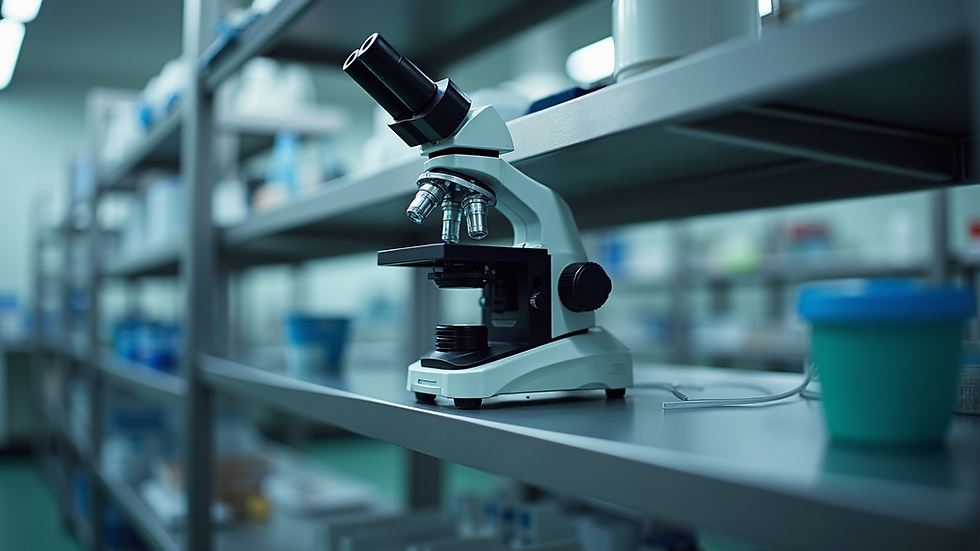Expert Guide to Analytical Instrument Repair
- rescience
- Oct 20
- 2 min read
Analytical equipment. Complex. Precise. Essential.
Breakdowns happen. Downtime costs. Repairs needed.
I’ve seen it all. I’ve fixed it all.
This guide? Your shortcut.
Understanding Fixing Analytical Equipment
Know your gear.
Types vary. Chromatographs, spectrometers, balances, and more.
Each has quirks. Each needs care.
Start with the manual.
Check specs.
Identify common faults.
Look for error codes.
Simple steps first.
Example:
A gas chromatograph often fails due to leaks or clogged columns.
Check seals. Replace if brittle.
Clean columns regularly.
Tip:
Keep a log.
Record issues.
Track repairs.
Patterns emerge.

Practical Steps for Fixing Analytical Equipment
Step 1 - Power check.
No power? Check cables, fuses, outlets.
Step 2 - Calibration.
Misreadings? Recalibrate.
Use certified standards.
Step 3 - Cleaning.
Dust, residue, corrosion.
Clean parts carefully. Use recommended solvents.
Step 4 - Replace worn parts.
Filters, seals, lamps, sensors.
Use genuine or approved parts.
Step 5 - Software updates.
Firmware matters.
Update regularly.
Example:
A UV-Vis spectrophotometer with fluctuating readings often needs lamp replacement or optical cleaning.
Tip:
Use anti-static mats.
Prevent damage during repair.

Tools and Equipment Needed
Basic toolkit:
Screwdrivers (various sizes)
Multimeter
Cleaning brushes
Tweezers
Calibration standards
Advanced tools:
Oscilloscope
Thermal camera
Software diagnostic tools
Example:
A multimeter helps check electrical continuity and voltage.
An oscilloscope detects signal issues in electronic components.
Tip:
Label screws and parts during disassembly.
Avoid confusion during reassembly.

When to Call Professionals
Some repairs need experts.
Complex electronics.
Delicate optics.
Warranty concerns.
Don’t risk damage.
Don’t risk safety.
For reliable analytical instrument repair, trust specialists.
They have experience, parts, and tools.
Example:
Replacing a laser in a Raman spectrometer requires precision alignment.
Better left to pros.
Tip:
Schedule regular maintenance contracts.
Prevent major failures.
Keeping Equipment Running Longer
Preventive care.
Routine checks.
Proper storage.
Training users.
Checklist:
Clean daily
Calibrate monthly
Inspect seals quarterly
Update software biannually
Example:
A balance kept in a vibration-free, dust-free environment lasts longer and stays accurate.
Tip:
Document every maintenance step.
Build a history.
Final Thoughts on Fixing Analytical Equipment
Fixing analytical equipment is about care, knowledge, and timing.
Small steps prevent big problems.
Use the right tools.
Know when to call help.
Keep your lab running.
Keep your data reliable.
Keep your costs down.
For expert help, consider professional analytical instrument repair.
It’s an investment in uptime and accuracy.




Comments